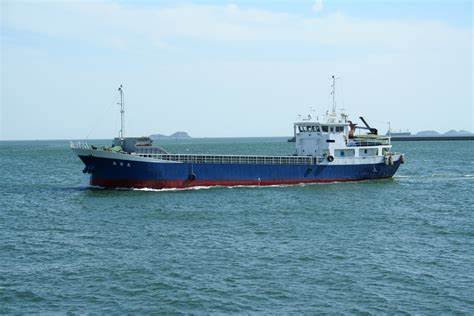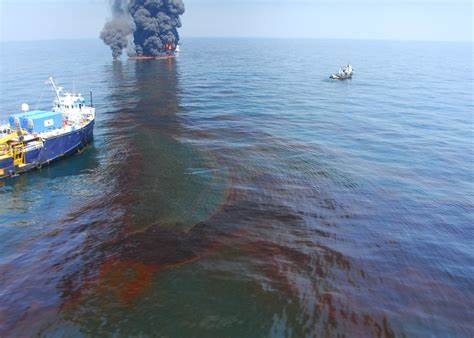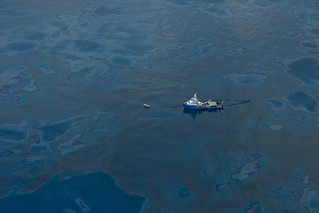
In a startling twist to global climate dynamics, recent studies have highlighted a counterintuitive repercussion of environmental regulations: a cleaner atmosphere leading to a surge in warming, particularly across our oceans.

The key culprit? Sulfur emissions—or rather, their abrupt reduction from the shipping industry.

It’s a tale of inadvertent geoengineering that began in earnest at the start of 2020, with the implementation of new International Maritime Organization (IMO) standards that significantly reduced the sulfur content in shipping fuel by over 80%.

This shift, while a boon for air quality, had a less anticipated effect—it lifted a veil that had been partly shielding Earth from the sun’s full warmth.

According to a study led by Dr. Tianle Yuan, the drop in pollution particles permitted an extra 0.2 watts per square meter of solar energy to warm the planet’s surface.

This sudden decrease in aerosols, previously reflecting sunlight and aiding cloud formation, has accelerated global heating rates, with the potential to double the long-term average warming rate since 1880.

This phenomenon is termed a “termination shock,” as the cessation of high sulfur emissions has jolted the Earth’s temperature trajectory upward.

The findings, published in Communications Earth & Environment, suggest this transition may account for a significant portion of the recent exceptional ocean warming.

The repercussions are apparent in events like the record surface temperatures of 2023, raising concerns over the intensity and frequency of future ocean heatwaves.

But how substantial is this impact? Opinions are divided among scientists, with some asserting that the observed temperature anomalies in 2023 could be largely attributed to reduced sulfur emissions from shipping.

Others argue that while the decrease in aerosol cooling is a contributing factor, it cannot fully explain the marked upsurge in temperatures.

More comprehensive climate models, slated for release later in 2024, should shed additional light on this issue.

This inadvertent reduction in atmospheric shading could have far-reaching implications for climate policy.

Coral Sea (June 14, 2005) Ð The conventionally powered aircraft carrier USS Kitty Hawk (CV 63) receives fuel during a replenishment at sea from the Royal Australian Navy auxiliary oiler replenishment ship HMAS Success (AOR 304). The guided missile cruiser USS Cowpens (CG 63) and the guided missile destroyer USS John Paul Jones (DDG 53) trail astern. Kitty Hawk is currently operating in the Coral Sea off the coast of Australia’s Queensland region as part of Exercise Talisman Sabre 2005. Talisman Sabre is an exercise jointly sponsored by the U.S. Pacific Command and Australian Defense Force Joint Operations Command, and designed to train the U.S. Seventh Fleet commander’s staff and Australian Joint Operations staff as a designated Combined Task Force (CTF) headquarters. The exercise focuses on crisis action planning and execution of contingency response operations. U.S. Pacific Command units and Australian forces will conduct land, sea and air training throughout the training area. More than 11,000 U.S. and 6,000 Australian personnel will participate. U.S. Navy photo by Photographer’s Mate 2nd Class William H. Ramsey (RELEASED)
It highlights a paradox where efforts to clean the air for health reasons inadvertently exacerbate global warming.

While it underlines the efficacy of marine cloud brightening—a proposed geoengineering solution to combat climate change—it also exposes the risks associated with such interventions, including potential disruptions to global precipitation patterns and the monsoon rains critical to billions.
Relevant articles:
– expert reaction to sulphur reductions in shipping fuel and increased maritime warming, Science Media Centre
– Abrupt reduction in shipping emission as an inadvertent geoengineering termination shock produces substantial radiative warming, Nature
– Pollution Paradox: How Cleaning Up Smog Drives Ocean Warming, Yale E360
– ‘Termination shock’: cut in ship pollution sparked global heating spurt, The Guardian
